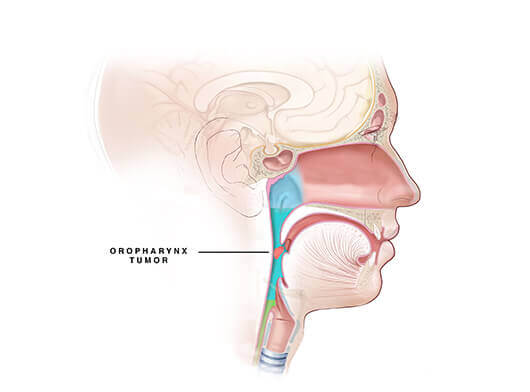- Clinical Examination
- Imaging
- Laboratory
- Upper GI endoscopy - It is a procedure that helps to look inside the throat, oesophagus, stomach and duodenum. An endoscope is a thin, tube-like instrument with a light and a lens for viewing and is inserted into the mouth to look for abnormalities. It may also be used to remove tissue samples for testing.
- Contrast-enhanced CT scan of the neck can confirm the presence of a tumour and also provides detailed information regarding the abnormality, its location, size, relationship to other structures, and tissue characteristics, particularly involvement/invasion or compression of surrounding structures. This is critical to treatment planning.
- Positron emission tomography (PET) scan - Positron emission tomography (PET) scan does functional and morphological detail scanning by utilising radiation derived from isotope labelled glucose molecules that enable detection of cellular glucose uptake in cancer. It helps to assess spread to regional nodes or distant metastases to other parts of the body.
- MRI - Magnetic resonance imaging (MRI) uses the interaction of radio waves and magnetic field, which will be processed in a high-speed computer system to produce detailed scan pictures of the tissue, organs, bones, ligament and cartilage.
- Biopsy - A sample of tissue is collected with the help of an endoscope and sent for further evaluation.
- Pathology - The sample collected is sent for further investigations such as Histopathological evaluation (HPE) and Immunohistochemistry (IHC) to determine the type of cancer and grading.



.png)
